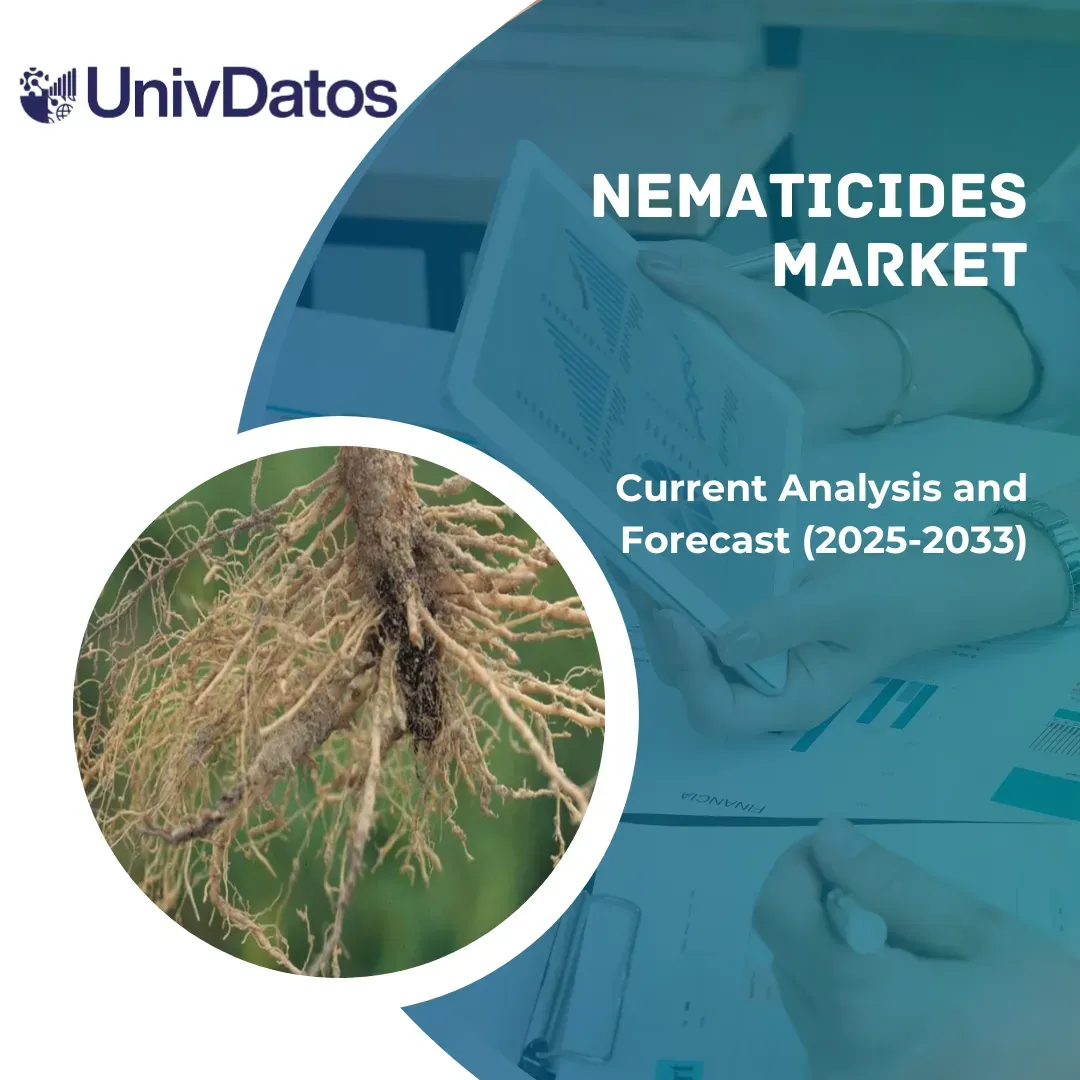The Cabinet Council approves the 2026 Budget proposal with a record investment of B/.11 billion for the Panamanian people

Statement from the Economy and Finances Ministry of Panama
This press release was published in English using an automatic translation system
Education, Health, Housing, Drinking Water, Security, and Roads are among the investment priorities for next year’s budget.
With the goal of consolidating fiscal discipline, protecting the most vulnerable and low-income sectors of society, and laying the foundations for sustainable economic growth, the Cabinet, headed by President José Raúl Mulino, approved the proposed General State Budget for fiscal year 2026, amounting to B/.34,901 million.
The projected budget represents an increase of B/.4,181 million compared to the modified 2025 budget, driven mainly by unavoidable obligations of the State such as the payment of inherited public debt, interest, and extraordinary contributions to the Social Security Fund ( CSS ), which does not represent new program expansions, but rather reflects the rigidity of public spending.
However, in terms of public investment, a historic record has been reached, with more than B/.11 billion allocated to addressing the main problems and needs of the Panamanian people, thus fulfilling President Mulino’s campaign promises, including the Panama-David-Frontera train, new water treatment plants, the cable car , and the My First Job program. Additionally, the project includes the restoration of abandoned projects, such as the fourth bridge over the Panama Canal, the Children’s Hospital , the Bubaga and Metetí hospitals, sports stadiums, schools, and others.
The Secretary of Goals of the Presidency, José Ramón Icaza, broke down the investment into priority projects, including: Education (B/.1,662 million in 141 projects); MOP (B/.674,810,000 in 150 projects); Ministry of Health (B/.303,899,000 in 63 projects); Idaan (B/.202,988,000 in 75 projects); Pandeportes (B/.102,903,000 in 50 projects); Ministry of Culture, more than B/.55 million to develop 71 projects; Panama Metro (B/.470 million); and Ministry of Housing and Territorial Planning (B/.52,899,000) in 24 projects.
Among the road infrastructure projects, the fourth bridge over the Canal, the Chitré interchange, the rehabilitation of roads and highways, the continuation of the Beach Corridor with its Campana interchange, the tunnel, and Metro Line 3 stand out.
In the health sector, in addition to the Bugaba, Metetí, and Niño hospitals, the following stand out: the Minsa-Capsi hospitals in Llano Cartí, Nueva Italia, Puerto Caimito, and Río Sereno, as well as the Anita Moreno Hospital .
In Sports, the completion of the Roberto Mariano Bula and “Rico” Cedeño stadiums is planned, as well as the construction of the Los Naranjos Stadium, the El Chorrillo Sports Center, and the renovation of the Rod Carew stadium.
Regarding drinking water services, President Mulino’s government included the Arraiján and Sabanitas water treatment plants in the 2026 budget, as well as the nationwide plan for the rehabilitation of water treatment plants and the improvement of the sewer system in David.
“We are aware that debt cannot continue to be a structural solution for the budget,” stated the Minister of Economy and Finance, Felipe Chapman.
He added that the budget prioritizes strategic investments, public savings, and administrative efficiency, without compromising essential services.
Chapman emphasized that the budget is framed within a projected economic growth scenario of 5% nominal GDP and 4% real GDP by 2026, supported by the recovery of transit through the Panama Canal, the execution of key infrastructure projects, and the solid performance of the logistics sector. However, he acknowledged that public finances face significant structural rigidities, accumulated commitments, the heavy burden of debt service, and obligations arising from special laws totaling B/.312 million.
The country’s public debt nearly doubled between June 2019 and June 2024, rising from B/.26,612 million to B/.51,812 million, while interest payments grew by 152%, reaching B/.3,192 million. However, for the 2026 budget, the amortization of the inherited public debt entails an additional B/.2,051 million in principal payments compared to the previous year and a B/.469 million increase in interest, for a total of B/.3,661 million compared to the previous year.
Among the structural measures planned to strengthen fiscal credibility, Chapman listed the reform of the CSS pension system, changes to the Fiscal Social Responsibility Law, adjustments to the preferential interest rate regime, and the periodic publication of fiscal results. He also highlighted Panama’s removal from the European Union’s list of high-risk countries, which he described as a diplomatic and technical achievement that will favor foreign investment.
In terms of public investment, the budget includes B/.11,151 million, representing a 26% increase compared to 2025. Of this amount, B/.8,604 million corresponds to physical investment, and the remainder to social investment aimed at human development, equivalent to 12.3% and 9.5% of GDP, respectively, which is among the highest in the world.
Minister Chapman also reported that the Central Government’s operating expenditures (excluding debt and debt service) will increase by 1%, from B/.6,667 million to B/.6,741 million, reflecting the commitment to containing current spending. He also highlighted the reduction of 4,888 public servants between July 2024 and May 2025, as part of the spending rationalization strategy.
Regarding the education sector, the budget includes an allocation that, according to current law, must reach 7% of real GDP, but warned that this high concentration of resources creates rigidities that affect the attention to other national priorities such as health, housing, drinking water, security, and investment in public works. In this regard, he called for an intersectoral equity approach.
The minister emphasized that the Non-Financial Public Sector deficit, which reached 7.35% of GDP in 2024, will be reduced to 4.0% in 2025, and to less than 3.5% in 2026, in accordance with the Fiscal Social Responsibility Law.
“This budget is not just a financial instrument. It is a public policy tool serving human development, equity, and social cohesion,” Chapman stated, while highlighting the support of President José Raúl Mulino and the political will to seriously address the country’s structural challenges.
link







